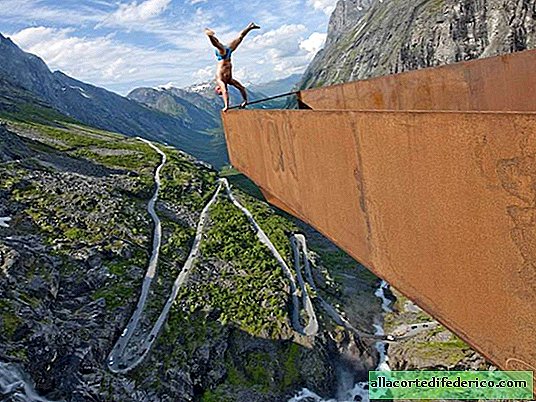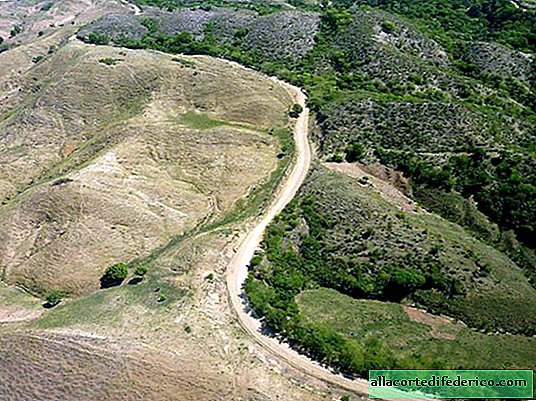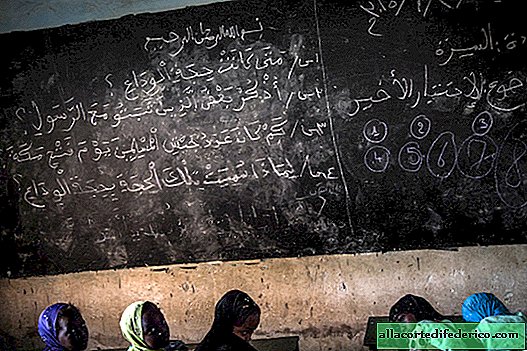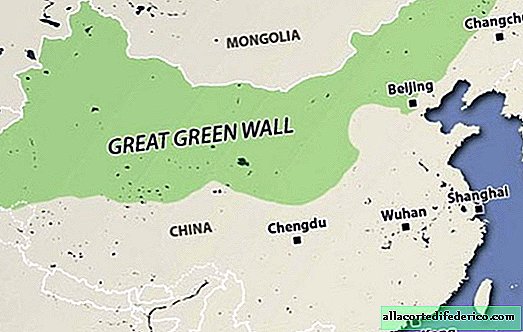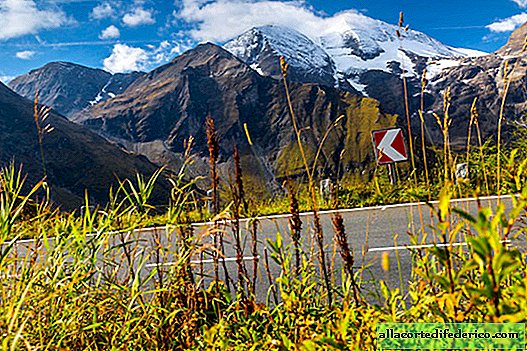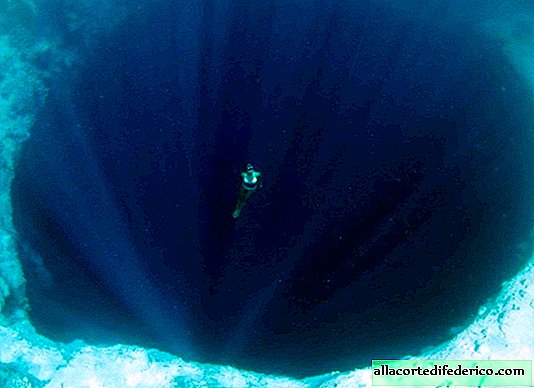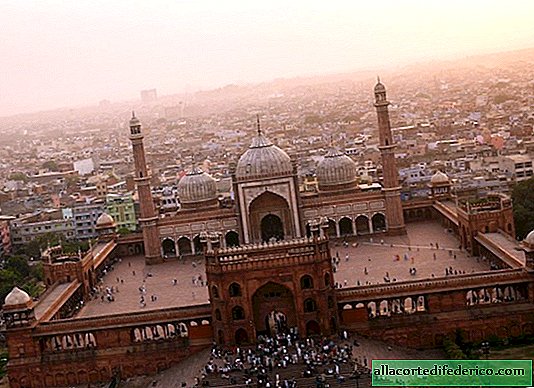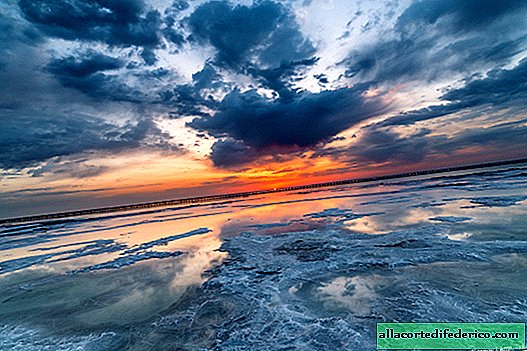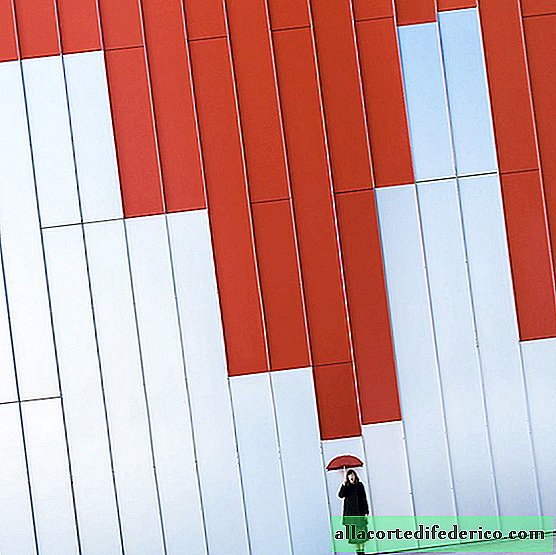Suzdal - Russian Machu Picchu
Machu Picchu is a city in the mountains of Peru, built by a deceased civilization and lost for several centuries in the jungle. Suzdal, of course, was not lost in the jungle, but otherwise everything is very similar. The Spaniards, who came to the land of the Incas, carefully destroyed the legacy of previous civilizations, and Machu Picchu survived only because the conquerors did not find it. In Russia over the past hundred years, a couple of civilizations have changed, and the past has carefully destroyed the last year’s heritage - so many cities of the Soviet Union lost their architectural masterpieces. Suzdal was at the back of the empire, and they forgot about it, almost like Machu Picchu. A lot of pre-revolutionary architecture survived here. And the provincialism with the absence of the railway saved the city from "modernization" and "renovation." Thanks to all this, we can observe a real Russian city, almost the same as it was hundreds of years ago.
Suzdal is the pearl of the Golden Ring of Russia. Located on the banks of the Kamenka River, 26 km north of Vladimir.
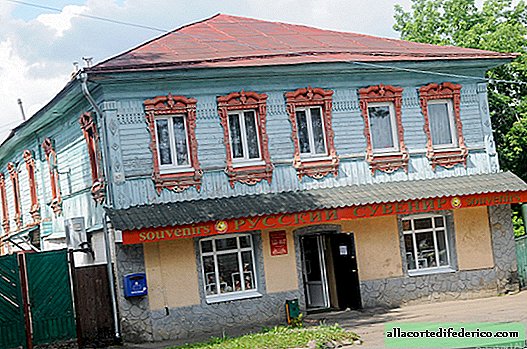

As in Peruvian archaeological complexes, in Russian cities of interest are large-scale stone structures that have come down to us in ruined form.
The former monastery seems to have been returned to the Orthodox, but they have not yet had time to reconstruct the monastery’s life here, and they are allowed to go to the bell tower for “donations”. A reinforced concrete staircase was built inside the bell tower, exactly the same as that installed in the Khrushchev. I wonder why the Communists stuck her there? This is hardly the original staircase of the early 19th century.

Near the bell tower are the ruins of the refectory of the Sretensky church, built in the late 19th century, and after the revolution used as the premises of the club of OGPU workers. Later, the club turned into a cinema, which we can guess even without resorting to chronicles. A sign is still being read on the facade, under which, apparently, there was a billboard.

From the bell tower, the rise of which costs 100 rubles of voluntary donations, a view of the whole city opens.

Ahead are malls, where, as expected, there are malls, shops and other catering establishments.

View to the west - towards the Ilyinsky meadow and Ivanova Mountain.

Crossroads of space and time.


The Resurrection Church in the square was the main temple of the city. You can also climb into the bell tower for a donation of 100 rubles. There are fewer people here than at the highest bell tower of the city, and the climb is more interesting. I recommend.

At the northern end of the shopping arcade stands the St. Nicholas Church, built in 1770 on the site of a chapel, set up as a sign of deliverance from the plague epidemic of the mid-17th century.

The main entertainment in Suzdal, of course, is mead and pickles, but lovers of kokoshniks and sprawling cranberry bushes can find fun to their taste. You can ride around the city in a pumpkin class carriage.

Everywhere you look, there is such silence and tranquility that you don’t want to rush anywhere in the pursuit of new sights.

Waterlogged meadows, a winding river with grassy banks, a church on a hill. Here it is - real Russia.

We ended up on the territory of the Suzdal Kremlin, but there is noise, crowds of tourists and a paid entrance to some kind of fence near the Mother of God-Nativity Cathedral. It’s not interesting for us, so we set off across the river. There is also a fence and an exhibition of wooden architecture, but everything around is the same, but alive and free.

In the picture above we see how differently the stupid attitude of the owners to their housing. The owner of the left side of the house sheathed the facade with a decorative crochet and fenced with corrugated board. The owner of the right side, apparently, is poorer, so he only replaced the windows with double-glazed windows.
Such disgrace, for example, in Finland cannot happen at all, because there the owners of parts of the house do not have the right to somehow disfigure the facade. If the house needs repair, it is done immediately for the whole house in the same style while preserving the original architectural appearance.

The rich with old huts do not stand on ceremony at all - they demolish and build palaces. Sometimes it's even better.


Ilyinsky meadow occupies a large territory on the right bank of the Kamenka. Apparently, the meadow is flooded in the spring, so for a thousand years it was never built up.

But here they hold cycling competitions, for example.


Suzdal is holding on with all its might, but if you do not prohibit the use of corrugated board in urban construction, then this stronghold of Russianness and spirituality will fall.
It’s lunch time, so our entire friendly expedition leaves for the Pokrovsky monastery, where you can have a meal at a strictly fixed price for donations.

The monastery was founded in the 14th century, and its heyday falls on the 16th century, when Moscow princes began to exile unwanted wives here.

Across the river, opposite the Intercession Monastery, stands the Spassky Monastery, also founded in the 16th century.
The monastery is surrounded by a powerful fortress wall, which is why in the 20th century it was a special prison where all sorts of enemies of the people and national traitors were isolated from society. Since the late 60s of the last century, a museum has been located here, and since 1992 the monastery complex has been included in the World Heritage List.


And we end our walk in Suzdal at the monument of the current era. Such banners drag out dilapidated houses for the arrival of the current Russian rulers. In a very funny time we live :)


